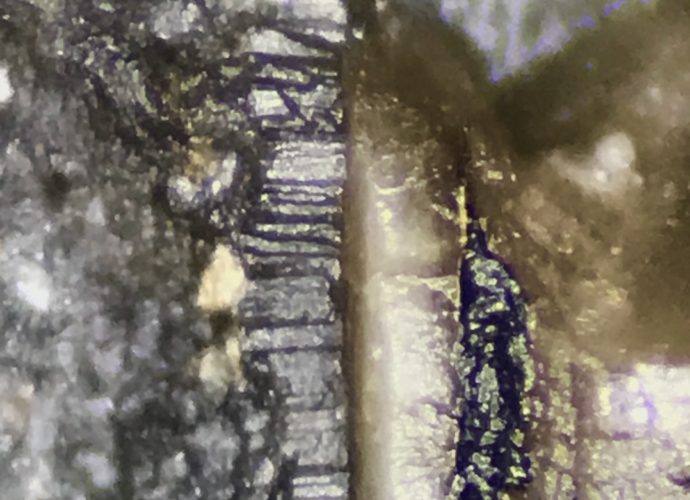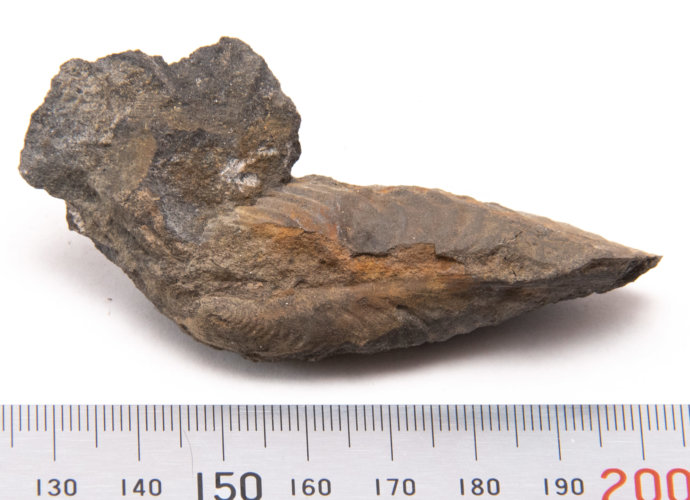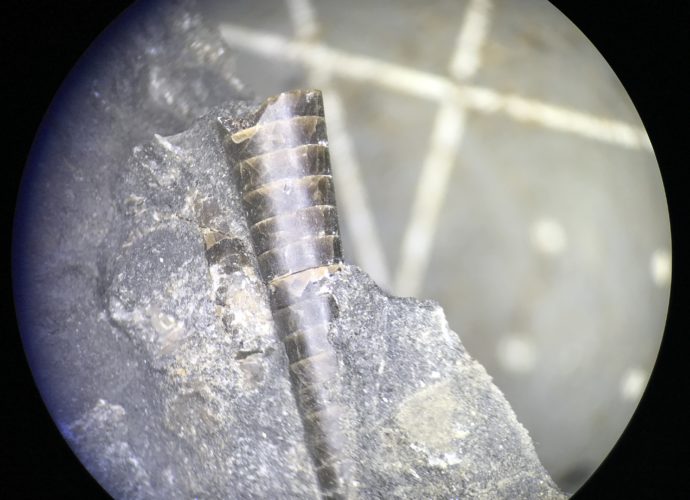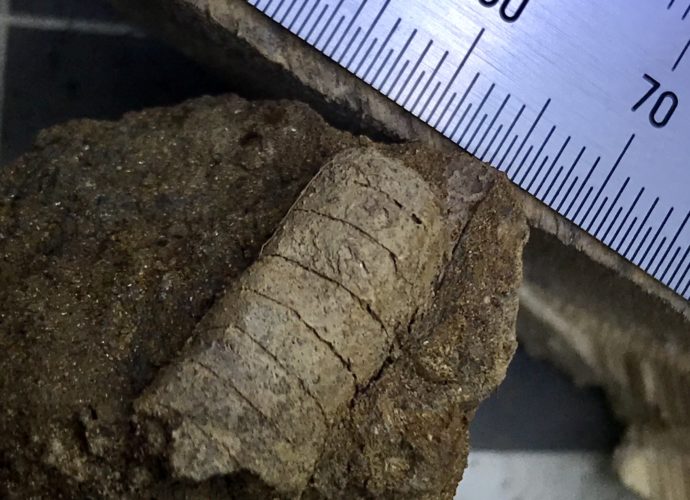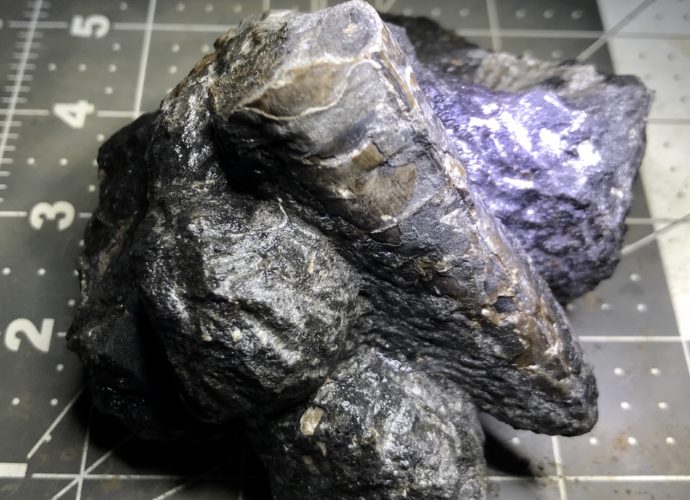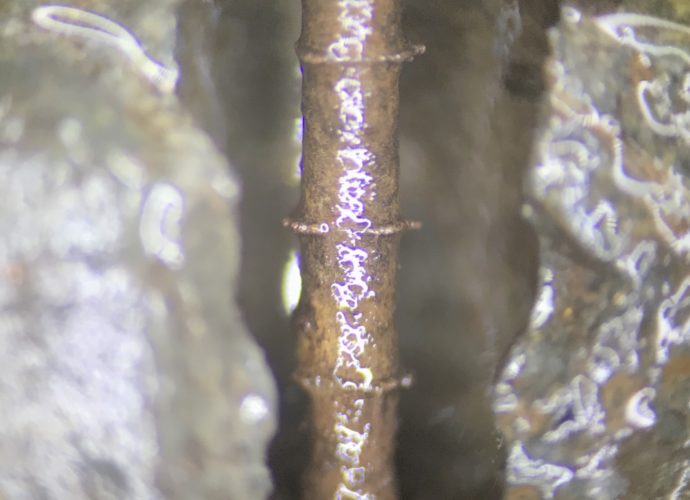The Prismatic Layer of Allopinna godleskya
Ever since I figured out what they were, Allopinna godleskya have been a personal favorite of mine. In examining the remaining shell material in these fossils, I have seen the prismatic layer on the shell hinge in at least two specimens. The specimens below show the detail. The layer inRead More →

